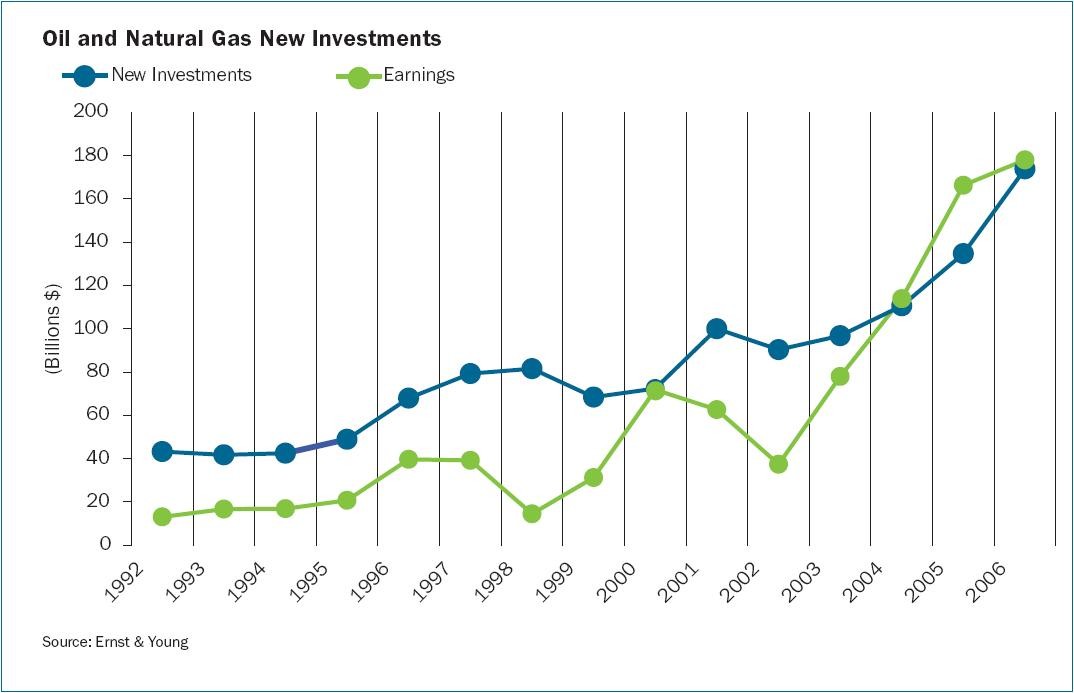How to Invest in Natural Gas
Post on: 1 Июнь, 2015 No Comment

How to Invest in Natural Gas
Natural gas is a gas that consists primarily of methane and is an important fuel source around the world. Natural gas is generally created using one of two mechanisms: biogenic and thermogenic. Biogenic is created by methanogenic lifeforms that exist in shallow waters or landfills while further down in the earth thermogenic gas is created from organic material that has been buried for a great deal of time.
Natural gas is a major source of power generation, especially for heating and cooling systems in the U.S. Generally, the product is used to either power gas turbines or burned to create steam and power steam turbines instead. The fuel is often preferred to coal or oil since it is far cleaner and produces less greenhouse gases than its other fossil fuel cousins.
Furthermore, since the fuel has a very low density, piping the fuel across oceans or in cargo ships is impractical ensuring that gas demand is a very localized business. However, natural gas has seen some developments in this respect in the last few years thanks to the advent of Compressed Natural Gas or CNG. This fuel is generally considered greener than gasoline and since it is very abundant in major gasoline consuming markets such as the U.S. some have called for increased reliance on the fuel for transportation.
For those looking to invest directly in natural gas, there is a large number of options in the market place. While physical exposure is not possible, investors can buy very liquid futures contracts for the fuel. Additionally, there are a number of stocks as well as an ETF that allow investors to buy up companies that are engaged in some aspect of natural gas production. Lastly, investors can also purchase any number of ETPs that invest in natural gas futures, either exclusively or in a broad energy basket.
Ways to Invest in Natural Gas
There are 3 ways to invest in Natural Gas: ETFs, Futures, and Stocks. Click on the tabs below to learn more about each alternative.
What are Natural Gas ETFs?
For investors seeking to gain exposure to natural gas through exchange-traded products, there are several options available.
The most popular options in the United States Natural Gas Fund ( UNG ), which invests in front month futures contracts. This strategy means that UNG will exhibit a high correlation to spot prices over the short term, but may be impacted most significantly by the adverse impacts of contango over the long run.
Another option is the Teucrium Natural Gas Fund ( NAGS ). This ETF spreads exposure across multiple maturities, and was designed to be more reflective of spot prices over the long term. UNG may be preferable for short-term traders, but NAGS makes sense for those with a longer time horizon.
There is also the United States 12 Month Natural Gas Fund ( NAGS ), which spreads exposure to futures contracts across 12 separate months. That minimizes the potential for an adverse roll yield, but may diminish correlation to spot natural gas prices.
There is also a natural gas ETN ; the iPath Natural Gas ETN ( GAZ ) is linked to an index comprised of near month futures contracts. But investors should beware of this product, as it has occasionally traded at a premium to its NAV because iPath has suspended creations.
All of the ETPs mentioned above utilize futures contracts to gain exposure to natural gas. There is, however, another ETF that offers exposure to this commodity through equities. The First Trust ISE Revere Natural Gas ETF ( FCG ) invests in stocks of companies that derive revenue from the exploration and production of natural gas.

What are Natural Gas Futures?
Natural gas futures contracts are traded on the New York Mercantile Exchange under the symbol NG; the market for these contracts is very liquid, and extremely active throughout the week. Trading in natural gas futures is generally heaviest on Thursdays, when the Department of Energy releases its weekly natural gas storage report.
NYMEX natural gas futures represent 10,000 million British thermal units (mmBtu), and are priced in dollars and cents per mmBtu. Contracts are listed for the current year plus the next 12 years. At the end of each calendar year, the next calendar years is added. On the CME Globex, the current year plus the next eight years are listed.
The price for natural gas futures contracts is based on delivery at the Henry Hub in Louisiana, where 16 intrastate and interstate natural gas pipelines converge. Those pipelines serve markets throughout the U.S.
Natural gas is the second-highest volume futures contract in the world based on a physical commodity.
How to Buy Natural Gas Stocks
For investors who wish to avoid exposure to futures contracts, it is possible to gain indirect exposure to natural gas by investing in the companies that are engaged in the exploration and production of the fuel. Many publicly-traded energy companies are engaged in the production of various fuels, including both natural gas and crude oil. As such, the purity of exposure to natural gas prices may be diminished. There are, however, several companies whose operations focus primarily on natural gas:
- PetroHawk Energy Corporation (HK)
- Stone Energy Corporation ( SGY )
- SandRidge Energy SD)
- McMoran Exploration Co. ( MMR )














